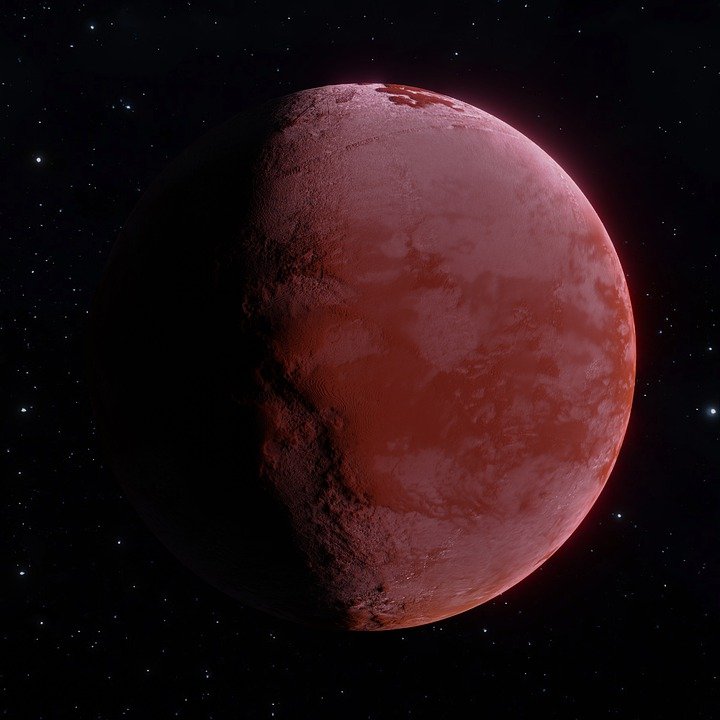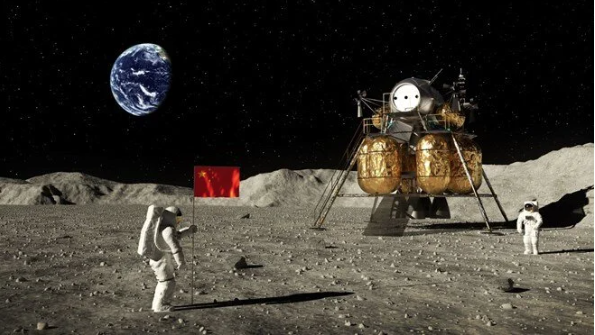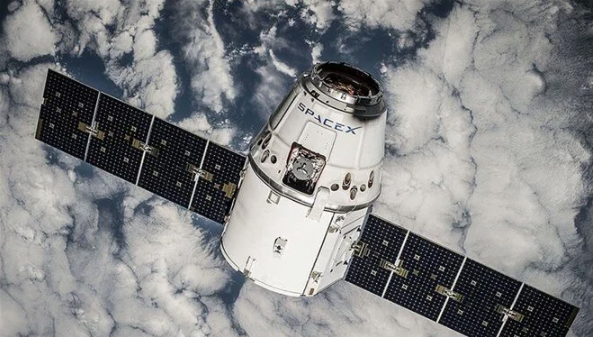The moon of Saturn Titan is one of our solar system’s strangest and most intriguing worlds. It is the only place in the universe that we know of that has rivers, lakes, and larger bodies of liquid, but these features on Titan are filled with flammable hydrocarbons like methane and ethane.
Titan has been difficult to study in depth due to its thick atmosphere of clouds and haze, but NASA’s James Webb Space Telescope (JWST) is providing scientists with their first thorough sight of those clouds, and thus the meteorological systems at work on this peculiar world.
“We had been waiting for years to investigate Titan’s atmosphere using Webb’s infrared vision,” stated JWST Principal Investigator Conor Nixon. “Detecting clouds is interesting because it verifies long-held computer model projections about Titan’s climate, which predicted that clouds would develop quickly in the mid-northern hemisphere during late summer when the surface is warmed by the Sun.”

The improved equipment on JWST also allow astronomers to more confidently calculate cloud elevations.
Further observations from the Keck Observatory telescopes on Mauna Kea’s summit in Hawaii helped establish that scientists were seeing clouds and that they looked to be moving subtly.
“We were worried that the clouds would be gone when we looked at Titan one and two days later with Keck, but to our delight, there were clouds in the same positions, looking like they might have changed shape,” said Imke de Pater of the University of California, Berkeley.

The data is fascinating for many researchers, like Mal Es-Sayeh, a PhD student at Université Paris Cité, who has had to rely on computer models to examine Titan for years.
“After years of simulations, it’s incredibly thrilling to finally have real data.” I can’t wait to see what happens in Part 2 next year.”
Webb and other telescope observations of Titan will aid NASA’s planned Dragonfly mission to the moon, which will deploy a helicopter-like lander to explore it further and seek for evidence of life. The launch of such mission is presently slated for 2027.
https://www.forbes.com/sites/ericmack/





